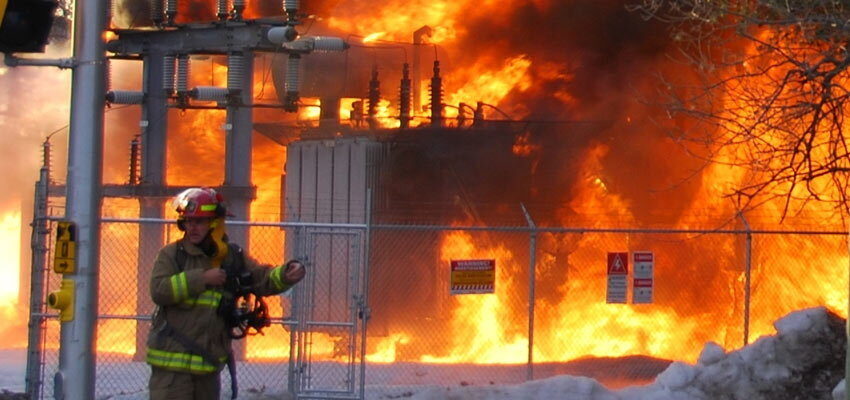
Trends in Power Transformer Failure Analysis
Failure investigations are becoming increasingly important in these days when assets like power transformers cost in the millions of euros or dollars and consolidation in...
byWallace Binder

Failure investigations are becoming increasingly important in these days when assets like power transformers cost in the millions of euros or dollars and consolidation in the utility industry has resulted in the operators wanting the maximum capability from their assets.
Transformer failures have been investigated since the beginning of the electric utility industry. Each manufacturer can probably identify their own problem areas from factory failures, quality programme results and experience. However, the operators (utilities) may not possess sufficient quantities of a manufacturer or particular design to recognise the problem areas. Statistics such as those which, in the US and elsewhere, might result in a recall of an automobile model which may not exist in quantities sufficient to establish patterns of defects.
Further, there is no regulatory body to require such a “recall.” The owner/operator of the transformer is expected to be an informed consumer. The good news is that the power transformer is a highly engineered and tested product which has a significant life span. The informed consumer can make judgments about operation and maintenance knowing the root cause of failures on the system.
Need for guidelines
Failure reporting has taken place in the form of surveys published by organisations such as the International Council on Large Electric Systems (CIGRE WG A2.37 Transformer Reliability Survey), Edison Electric Institute (EEI Transmission and Distribution Committee), and the Institute of Electrical and Electronics Engineers – Industry Applications Society (IEEE/IAS). The EEI stopped publishing the results of their survey about the time that the utility deregulation movement got underway in the US. Some of the statistics reported by IEEE/IAS in the “Color Book Series” rely on data collected by the US Army Corp of Engineers in the 1970’s. It is now left largely to the user to develop their own reliability statistics for transformers.
It was recognised long ago that the development of failure reporting guidelines was necessary. What was a defect to one user might be a major failure to another. This situation was observed in the data collected by EEI. This discrepancy led to the development of the IEEE Guide for Reporting Failure Data for Power Transformers and Shunt Reactors on Electric Utility Power Systems. Unfortunately, EEI no longer reported failure statistics a short time after publication of the Failure Reporting Guide. As the effort unfolded to develop failure statistics, it became clear that failure analysis guidelines were also necessary. The analysis guidelines, if effective, will result in four important things:
• Establish a common set of steps to investigate failures,
• Ideally, reach the same conclusion on root cause when presented with the same data,
• Result in sharing of performance between manufacturers and operators, and
• Produce meaningful statistics for transformer performance (failure rates, mean-time-to-failure, and so forth).
Standards organisations work underway
In CIGRE, there is a Working Group A2.4.5 on Transformer Failure Investigation and Postmortem Analysis which is underway. The Working Group scope states, “This WG will develop a structured procedure from the decision to take the transformer and shunt reactor out of service to careful dismounting. The main following activities will be covered by this WG:
• State of the art of postmortem analysis (IEEE C57.125-1991 and any other relevant existing documents)
• How to make an external and internal inspection of different components
• Important information to collect: diagnostics, protection, operation and maintenance records, etc.
• Availability and significance of design data, material used, etc.
• Documentation during the dismounting, check lists
• Additional checks, e. g. clamping pressure, …
• Paper sampling: precautions, which winding, axial/radial position, correlation with temperature, number of samples, conservation and storage of the samples, parameters to be investigated (Task Force to be leaded by SC D1)
• Collection of pictures of postmortem analysis with examples of common failures and the associated failure investigation
• Best practices for failure report and scrapping report
• Economic aspect of postmortem analysis (cost, value, constraints, etc.)”







